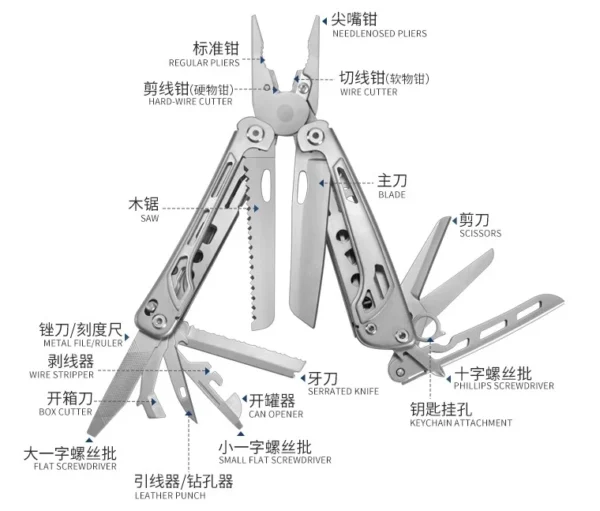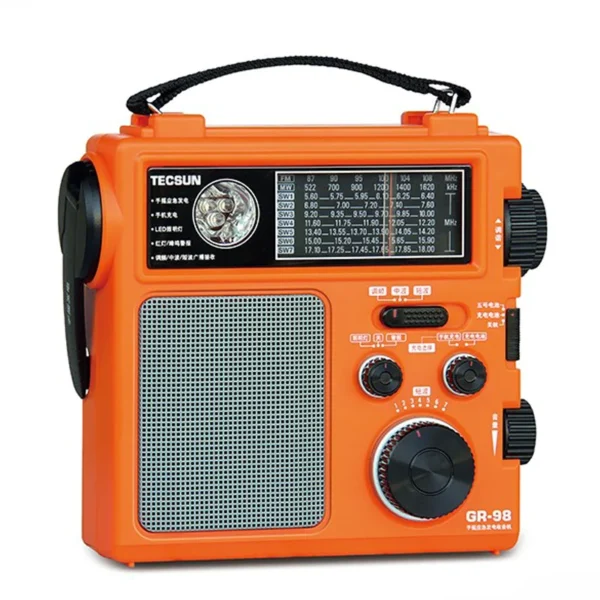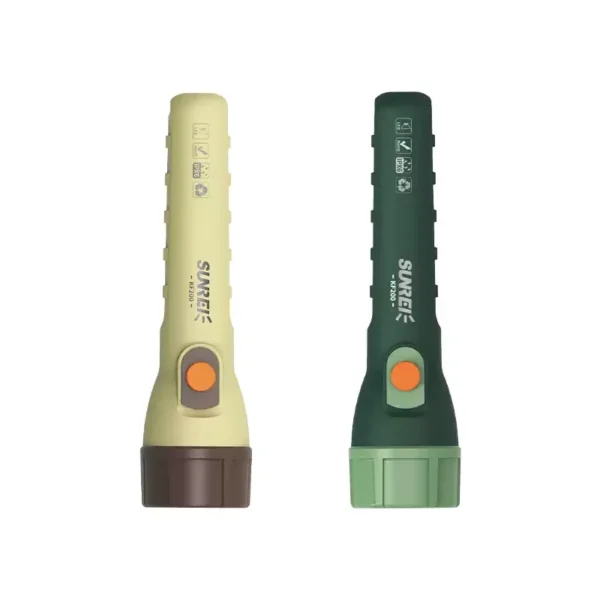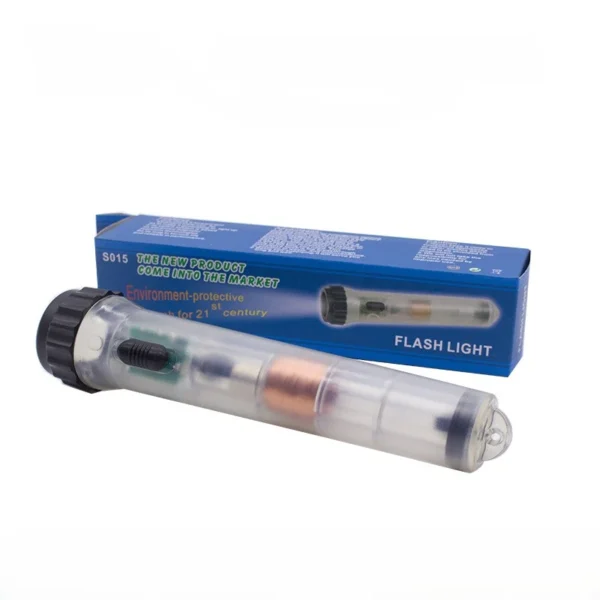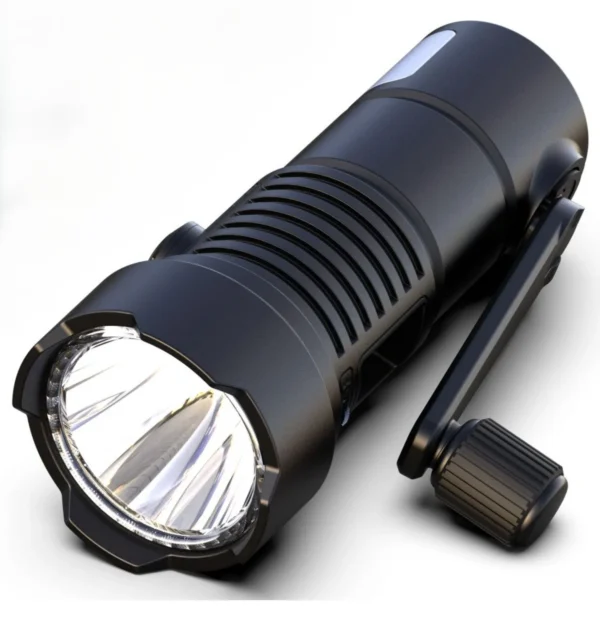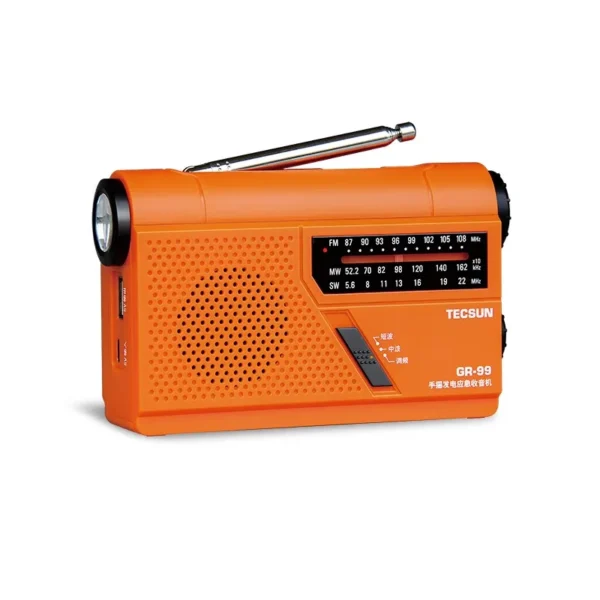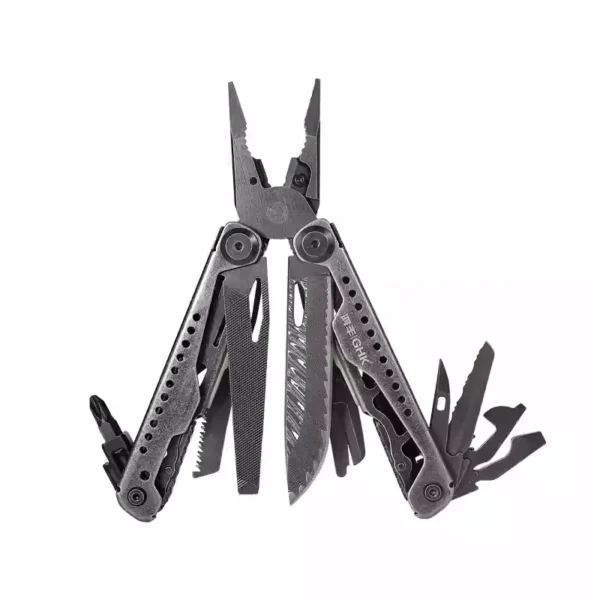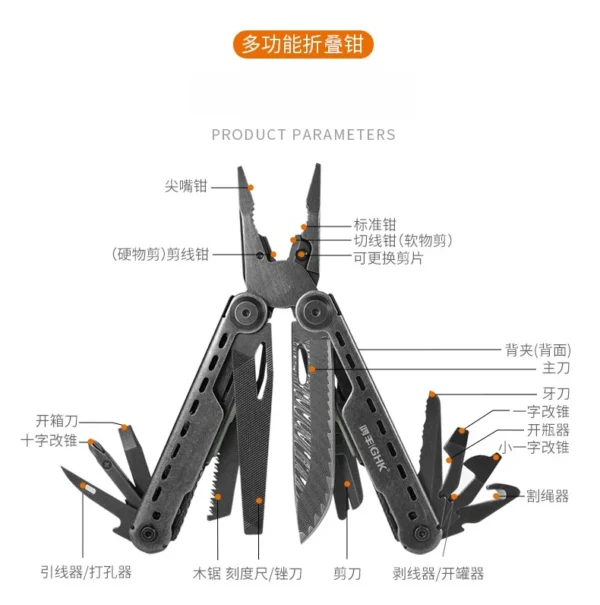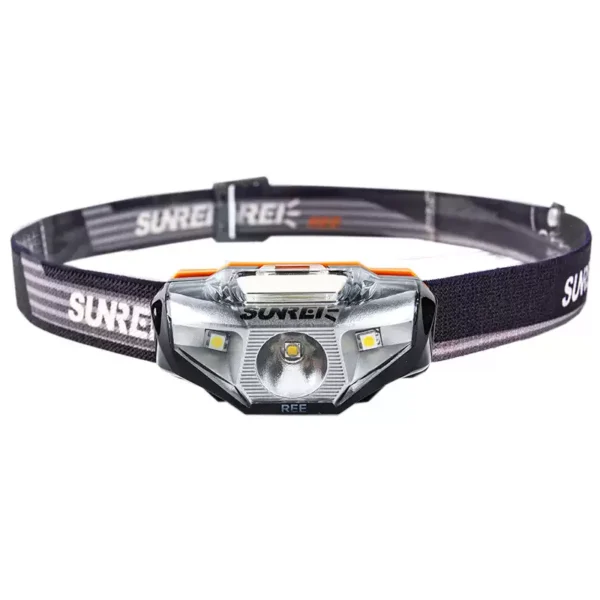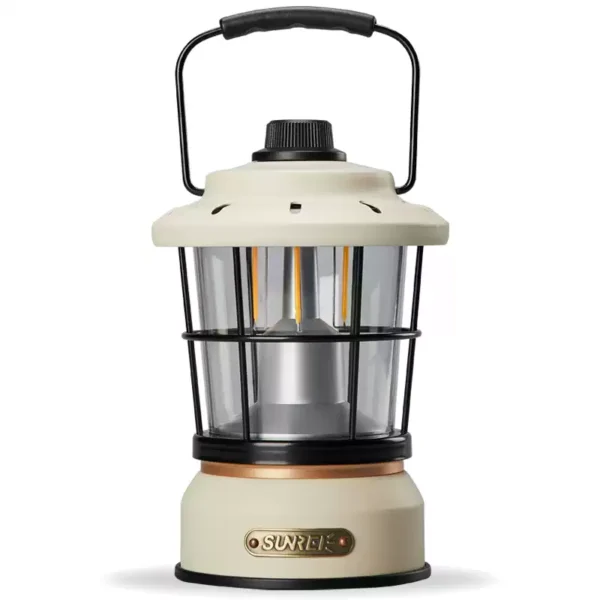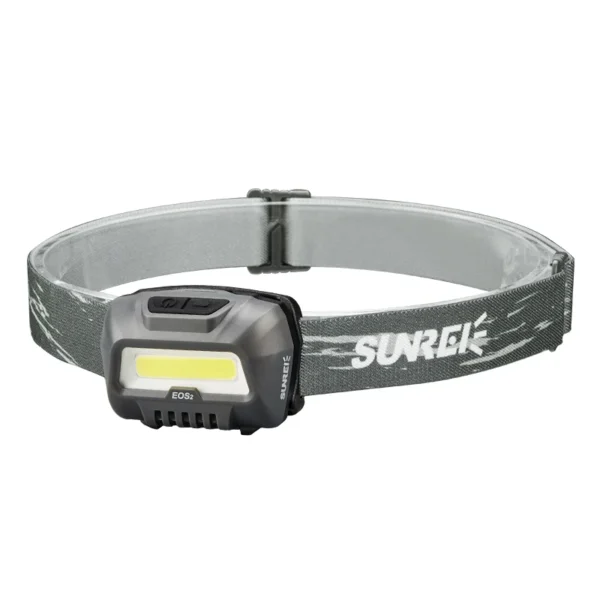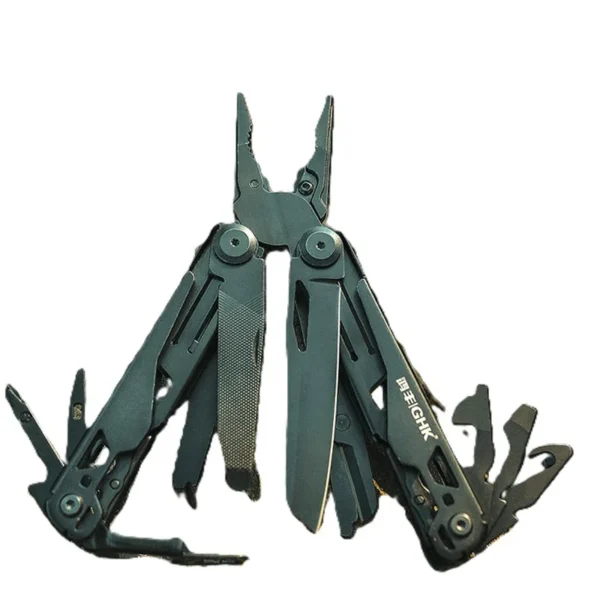Disaster Survival Guide
Essential Skills and Tools to Enhance Your Preparedness for Emergencies
Introduction
When disaster strikes—be it war, floods, earthquakes, or other crises—survival depends not only on mental resilience but also on practical skills and preparedness. This guide outlines essential survival skills and tools to help you navigate emergencies effectively.
Essential Survival Skills
These critical skills can be quickly learned and applied in various emergency situations:
Emergency Communication
Learn how to call emergency numbers (e.g., 911) and clearly describe the situation, location, and condition of people. Use a hand-crank radio or mobile device to receive official warnings and disaster information.
Basic First Aid & CPR
Master bleeding control, wound dressing, and disinfection. Learn key CPR steps—chest compressions and rescue breathing—to potentially save lives. Always ensure scene safety before providing help and seek professional assistance quickly.
Fire Escape
Never use elevators during a fire. Protect your airway with a wet cloth, stay low while evacuating. If door handles are hot, do not open; seal gaps with wet cloths and signal for help at windows with bright clothing or a flashlight.
Earthquake Response
If indoors, quickly take cover under sturdy tables or in corner walls, protecting your head and neck. Stay away from windows, glass, and hanging objects. Do not jump from buildings or use elevators. If outdoors, move away from buildings and utility poles to open areas.
Flood Response
Move to higher ground. Use doors, wooden tubs, or empty barrels as makeshift flotation devices. Never attempt to cross flowing water, and stay away from power lines and bridges to avoid electrocution or being swept away.
Water Safety & Basic Protection
Learn to purify water using boiling or purification tablets when clean sources are unavailable. Make simple masks from towels or clothing to filter smoke and dust.
Essential Survival Tools Checklist
Prepare a sturdy, waterproof backpack for emergencies, stored in an easily accessible location at home. Check and rotate items regularly.
Core Basic Essentials (Life-Saving Priority)
Water & Food
Drinking water (at least 1 gallon per person per day, 3-day supply minimum), energy bars, canned goods, high-calorie chocolate. Check and rotate regularly.
Lighting & Communication
Hand-crank flashlight (with radio and alarm functions), extra batteries.
First Aid & Protection
Comprehensive first aid kit (including bandages, antiseptic wipes, pain relievers, anti-diarrheal medication), respirator mask (for fire escape), medical gloves.
Signaling Tools
High-frequency whistle for signaling rescuers.
Important Documents
Waterproof bag containing copies of ID, cash, bank cards, insurance documents; family emergency information card (list blood types, allergies, emergency contacts).
Extended Recommended Extensions (Enhance Survival & Comfort)
Protective Gear
Fire extinguisher/fire blanket, emergency blanket, multi-purpose poncho, non-slip gloves.
Sanitation Supplies
Wet wipes, masks, personal hygiene items, trash bags.
Special Needs Items
Prepare special foods (e.g., infant formula), medications (e.g., heart disease pills), and supplies (e.g., adult diapers) for babies, the elderly, or those with medical conditions.
Survival Tools
Multi-tool (with knife, saw, pliers, etc.), emergency escape rope (essential for high-rise residents).
Summary & Recommendations
Facing disasters requires preparation and knowledge. Beyond skills and tools, maintaining calm judgment is crucial.
Conduct regular family drills to practice escape routes and familiarize everyone with the location and use of supplies. This builds confidence when danger strikes.
Safety isn’t a choice—it’s a necessity. We hope you and your family never need this list, but if required, it can provide vital assistance for survival.
